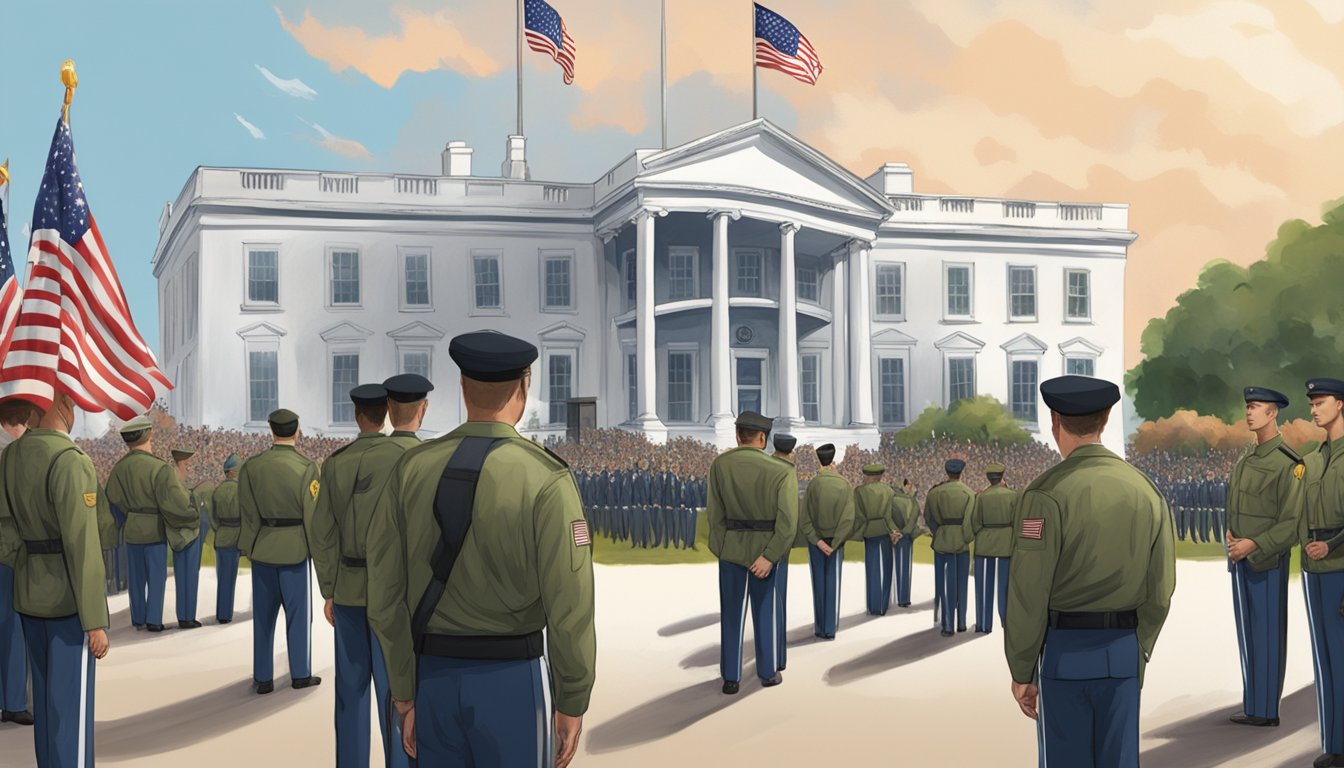The White House is celebrating a significant rise in Army enlistments, a trend they connect with President Donald Trump’s recent reelection and subsequent return to office.
Though the surge in recruitment seems noteworthy, it is essential to recognize that this increase actually began nearly a year ago, coinciding with a major overhaul of the Army’s nearly $2 billion recruitment strategy.
Recent Recruitment Milestones
On Wednesday evening, the White House heralded the Army’s highest recruiting figures in 15 years, building on a previously reported peak from December.
This announcement highlighted Trump’s leadership and suggested that many Americans are ready to take up the call to serve their nation.
Echoing this announcement, Secretary of Defense Pete Hegseth recently noted that December marked an exceptional month for Army recruitment in over a decade, with January also showing positive results.
However, neither the White House nor Hegseth provided exact numbers on how many soldiers signed on during those months.
A social media update from Army Recruiting Command mentioned that recruiters successfully enlisted an average of 346 soldiers per day in December, but the total for the month remains undisclosed.
Factors Behind the Surge
While the recent data is encouraging, experts and former Army officials have pointed out that the boost in enlistments started well before Trump’s election.
In the fiscal year ending September 2024, the Army met its target of 55,000 new active-duty soldiers, marking a noteworthy turnaround after falling short in previous years.
Following this achievement, the Army decided to raise its recruitment goal by an additional 6,000 soldiers for the next fiscal cycle.
Fast forward to early 2025, and reports indicate that the Army has secured 59% of its recruitment targets for that year, according to a representative.
This affirmation of success—whether directly related to Trump’s election or stemming from enhanced recruitment strategies—demonstrates ongoing positive trends in enlistments.
A considerable expansion of training capacities has also taken place, with the addition of 10 new training units in Oklahoma and Missouri to accommodate the growing number of recruits, some plans of which were initially announced earlier this year.
Motivations and Modernization Efforts
When asked if there was a direct relationship between Trump’s victory and the uptick in enlistments, an Army spokesperson noted that their recruiting efforts are on track to exceed the fiscal year 2025 goal of 61,000 new soldiers, along with another 10,000 in the Delayed Entry Program.
They attribute this success to relentless efforts from recruiters and modernization initiatives designed to draw qualified candidates.
Two former Army officials, who spoke on the condition of anonymity, pointed out that the rise in enlistments is the result of years of hard work.
This included revamping the recruiting workforce by introducing new roles like Talent Acquisition Technicians and Talent Acquisition Specialists.
A key initiative in this effort has been the Future Soldier Preparatory Course, which helps recruits effectively prepare for basic training.
For fiscal year 2024, around 13,200 recruits—about 24% of all new soldiers—joined through this preparatory course.
Launched in 2022 and expanded since, this program has played a vital role in reversing previous recruiting difficulties by assisting candidates in meeting the Army’s physical and academic standards.
Interestingly, recruitment numbers began their ascent in the spring prior to the election, with a substantial wave of recruits noted in August.
This indicates that the positive trend had started long before the political shift took place.
Overall, the military has seen significant enlistment increases over the past 12 to 18 months, particularly among women and minority groups.
Motivations for enlisting vary widely, often driven by economic incentives.
Many junior service members earn salaries that surpass those of 90% of their civilian peers.
This year, these junior enlisted personnel are also slated to receive a substantial pay raise of 14.5%.
Experts point out that reasons for joining the military can range from a desire for adventure to the pursuit of educational benefits, underscoring the diverse and multifaceted nature of motivations behind military service.
Source: Taskandpurpose.com

